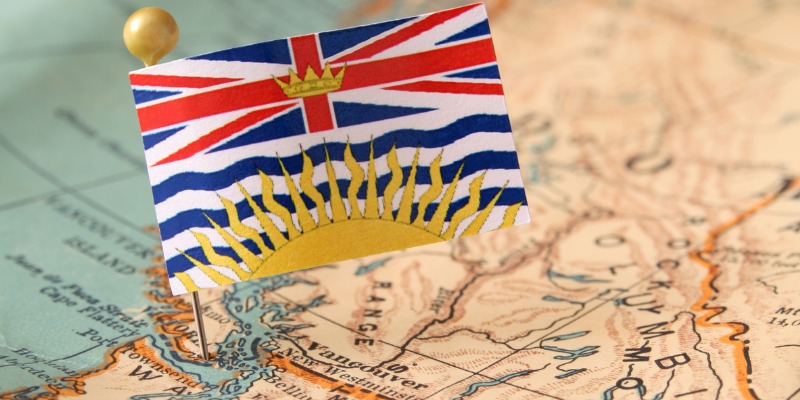B.C.’s surplus only tells part of story about provincial finances

Selina Robinson, British Columbia’s finance minister, recently announced that the province recorded a $1.3 billion surplus in the 2021/22 fiscal year. While this is positive news for British Columbia’s government finances, the surplus should not distract from the province’s ongoing fiscal challenges.
Generating a surplus in 2021/22 represents a marked improvement in the province’s financial situation relative to government projections in February. But this was entirely due to a big boost in revenues, not spending restraint.
Provincial revenues were up significantly from previous projections due to the rebound in the economy, higher natural resource revenues, higher Crown corporation earnings, and higher overall tax revenues. In total, revenues in 2021/22 climbed $13.5 billion higher than anticipated in Budget 2021, representing a 22.9 per cent increase.
Simply put, the B.C. government’s bottom line benefited from rising inflation, high oil and gas prices, and increased consumer demand and activity. Prudent financial management does not appear to be the reason behind the surplus. Actual program spending (total spending minus debt charges) in 2021/22 increased by $3.5 billion from projections in Budget 2021. Again, the province did not generate a surplus by freezing or reducing expenditures.
Moreover, the province deferred capital expenditures to the future, which makes the province’s fiscal situation appear better than the reality. Total capital spending equaled $9.7 billion in 2021/22—a substantial drop from the projected $13.5 billion budgeted.
Capital spending on infrastructure for schools, hospitals, transit and roads were delayed due to project scheduling changes. Although the government acknowledged it has pushed these capital expenses to the future, this allows it to make provincial finances look better today than they otherwise would be had the projects been completed on time.
Another important concern is that the $1.3 billion operating surplus in 2021/22 only tells part of the story. The province separates annual spending (the operating budget) from long-term capital spending on items such as new schools and highways. Once we include capital expenses, net debt (total debt minus financial assets) increased in 2021/22 by $2.6 billion to reach $55.8 billion despite the province running an operating surplus.
Clearly, B.C.’s debt is growing. This revelation aligns with a recent report from the Parliamentary Budget Officer (PBO) on debt sustainability. According to the PBO, a government’s finances are unsustainable if, under current policies and reasonable assumptions, government debt is on track to grow faster than the overall economy over the long-term.
In the report, the PBO found that B.C.’s finances are unsustainable and the government must significantly reduce spending (in the absence of tax increases) to stabilize debt. By PBO estimates, the B.C. government would have to reduce program spending by approximately $3.1 billion (0.9 per cent of the economy) this year to attain sustainability. An independent analysis from Finances of the Nation estimates that the required reduction in spending may be even larger (1.5 per cent of the economy).
If the province fails to make concrete changes to attain sustainability, debt levels will continue to climb for the foreseeable future. Consequently, more money will be diverted to pay interest on this debt, meaning less money is available for priorities such as education and health care.
While Finance Minister Robinson rails against “cuts and austerity” and lauds “investments” made by the province, B.C.’s fiscal issues won’t go away by following the status quo approach. The Horgan government must show more restraint in spending to quell debt accumulation.
Author:
Subscribe to the Fraser Institute
Get the latest news from the Fraser Institute on the latest research studies, news and events.

